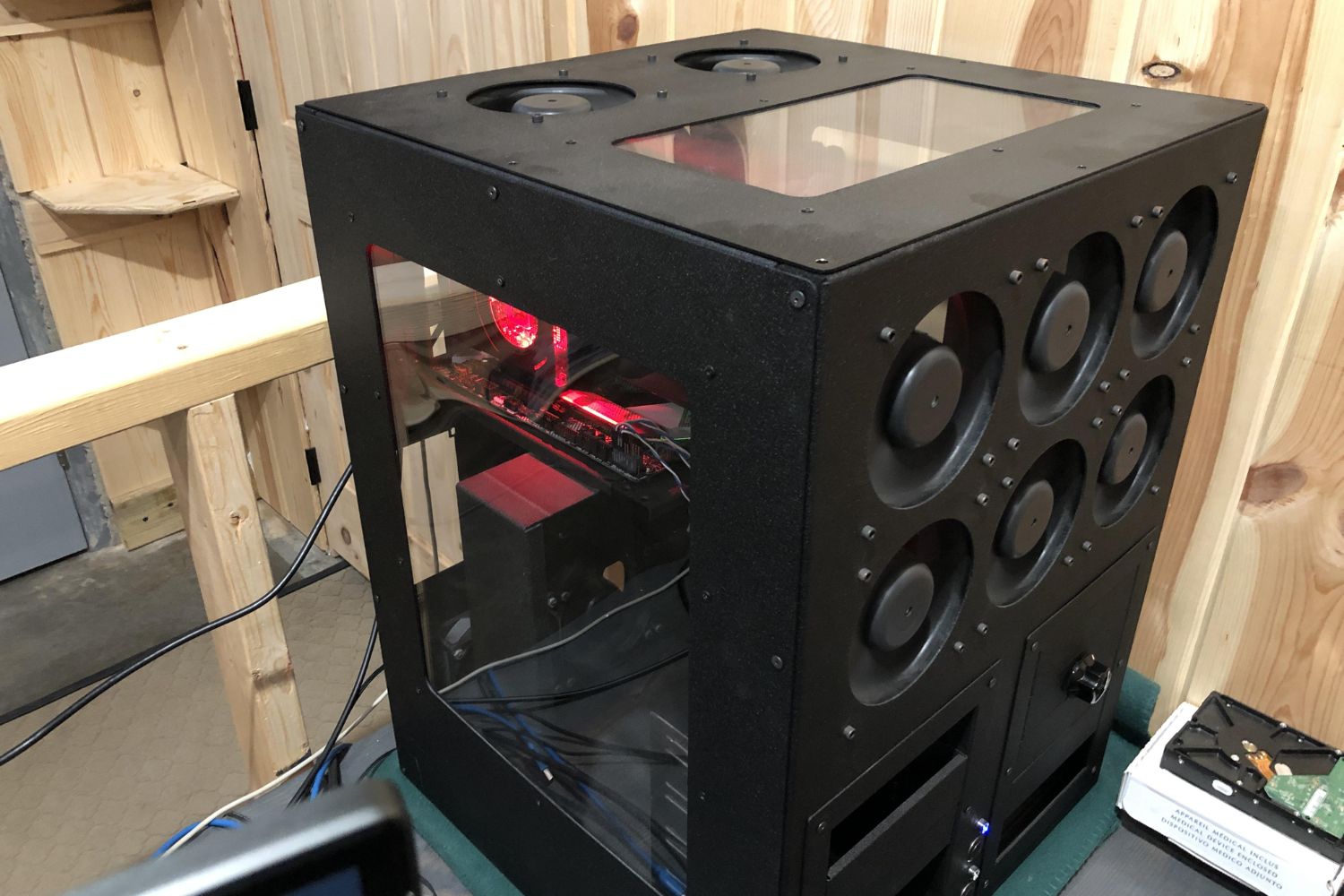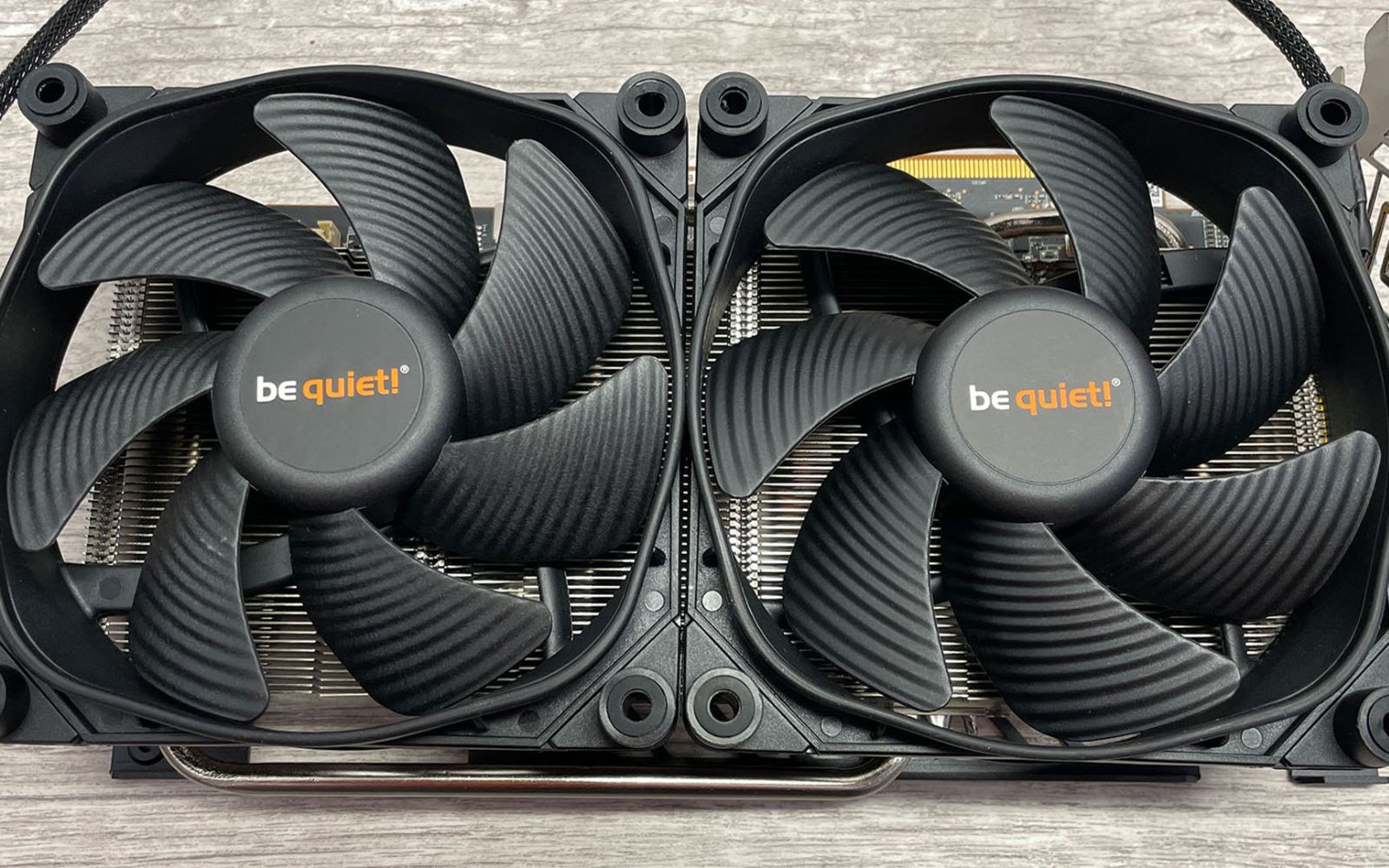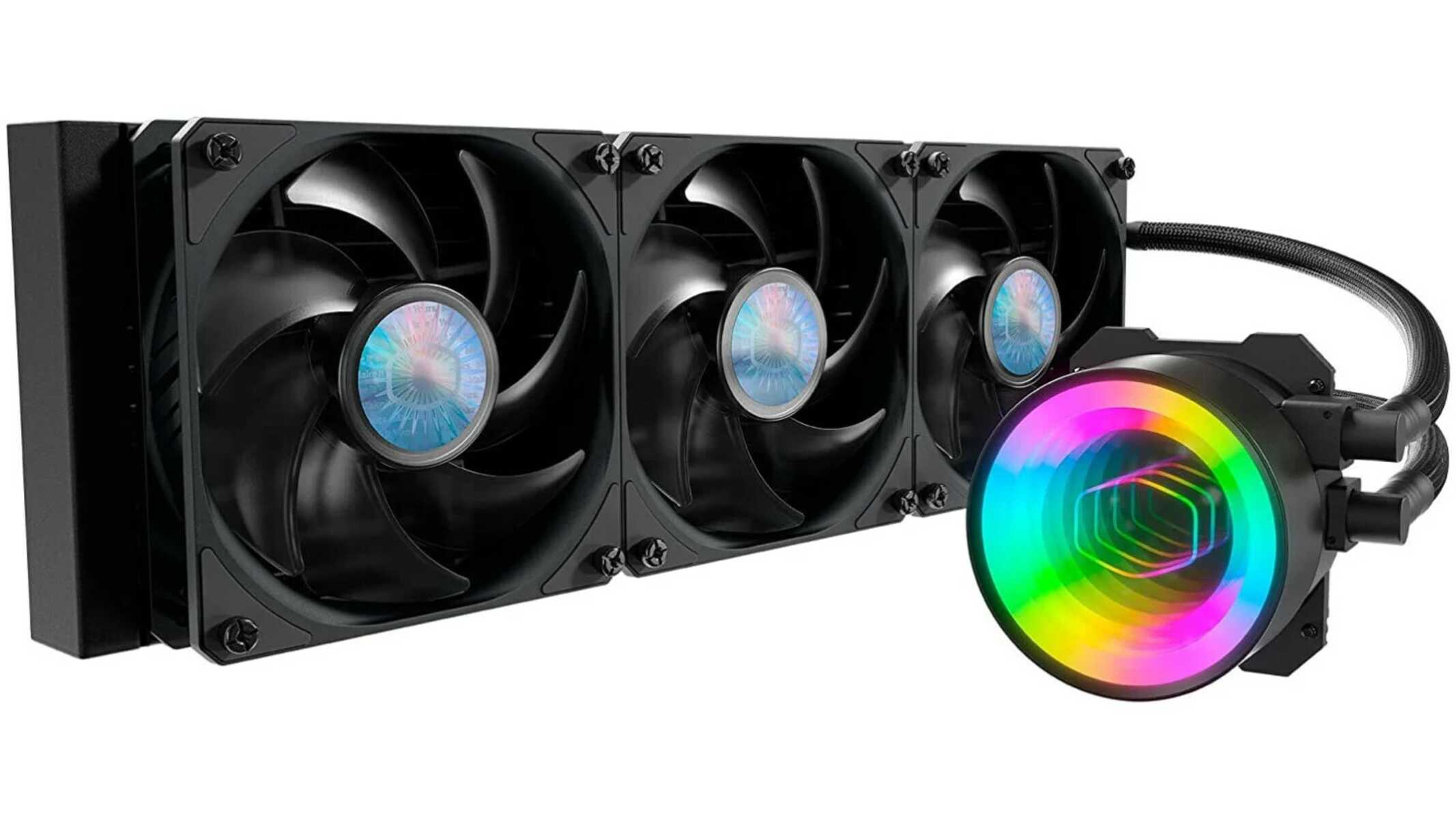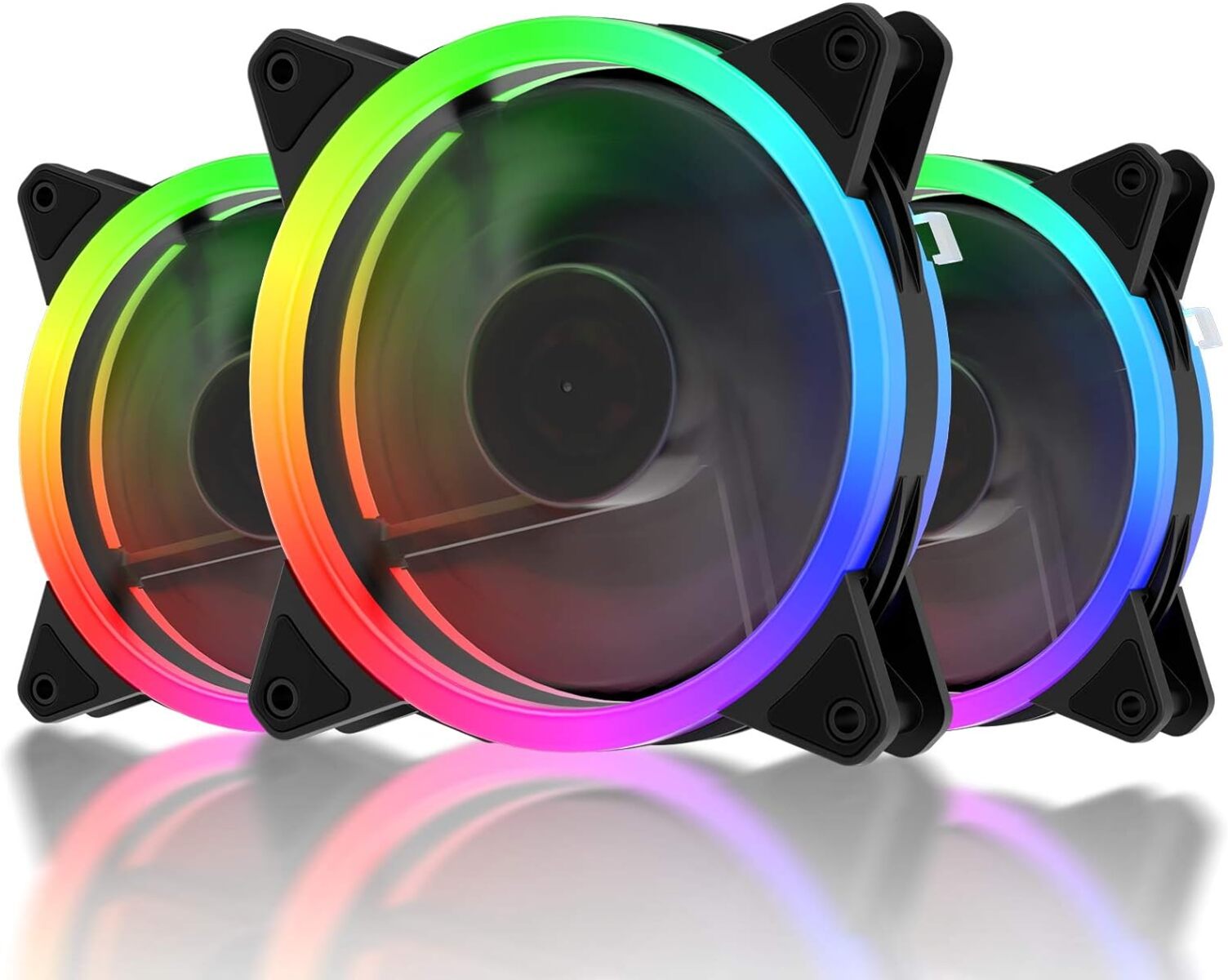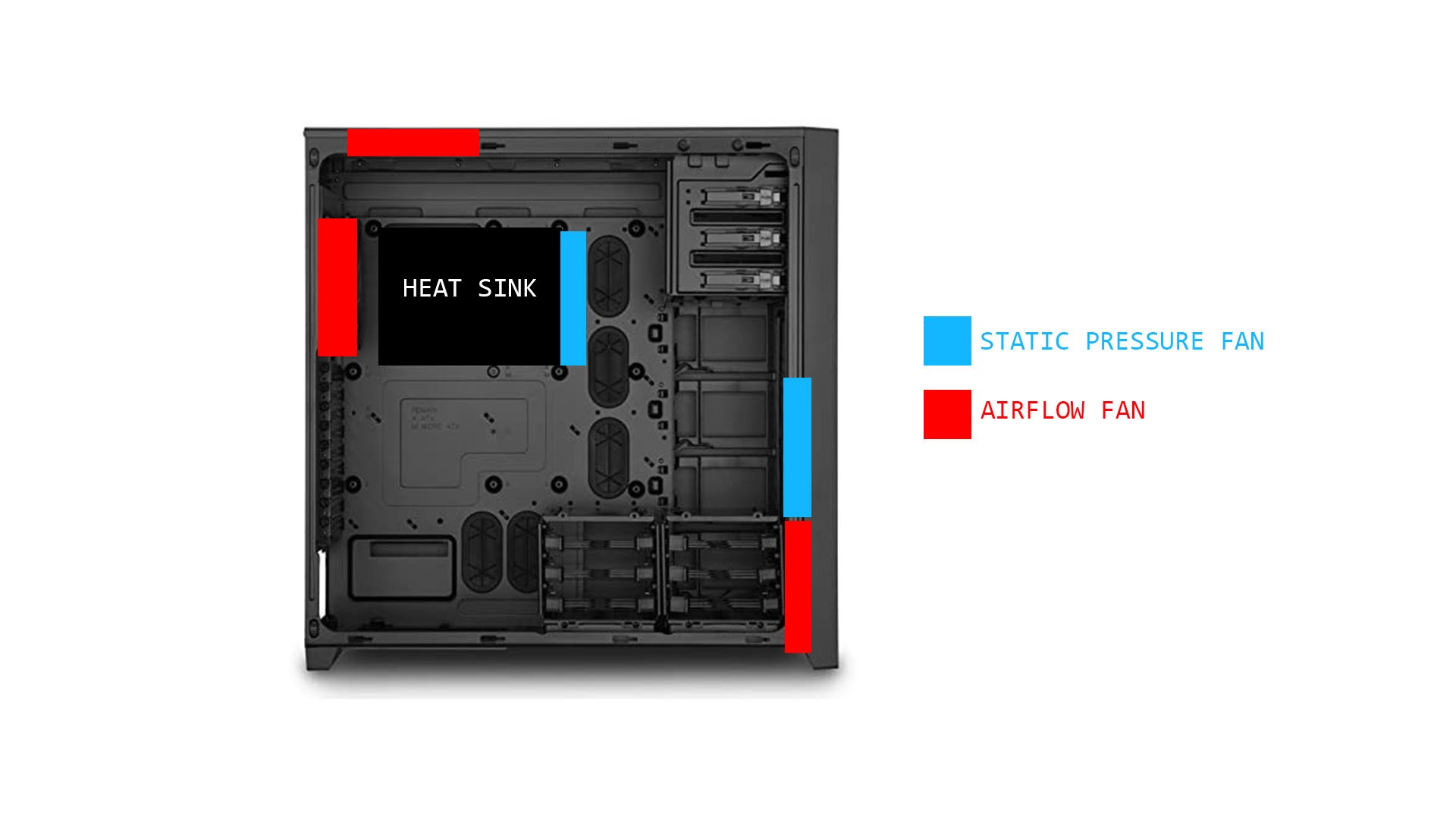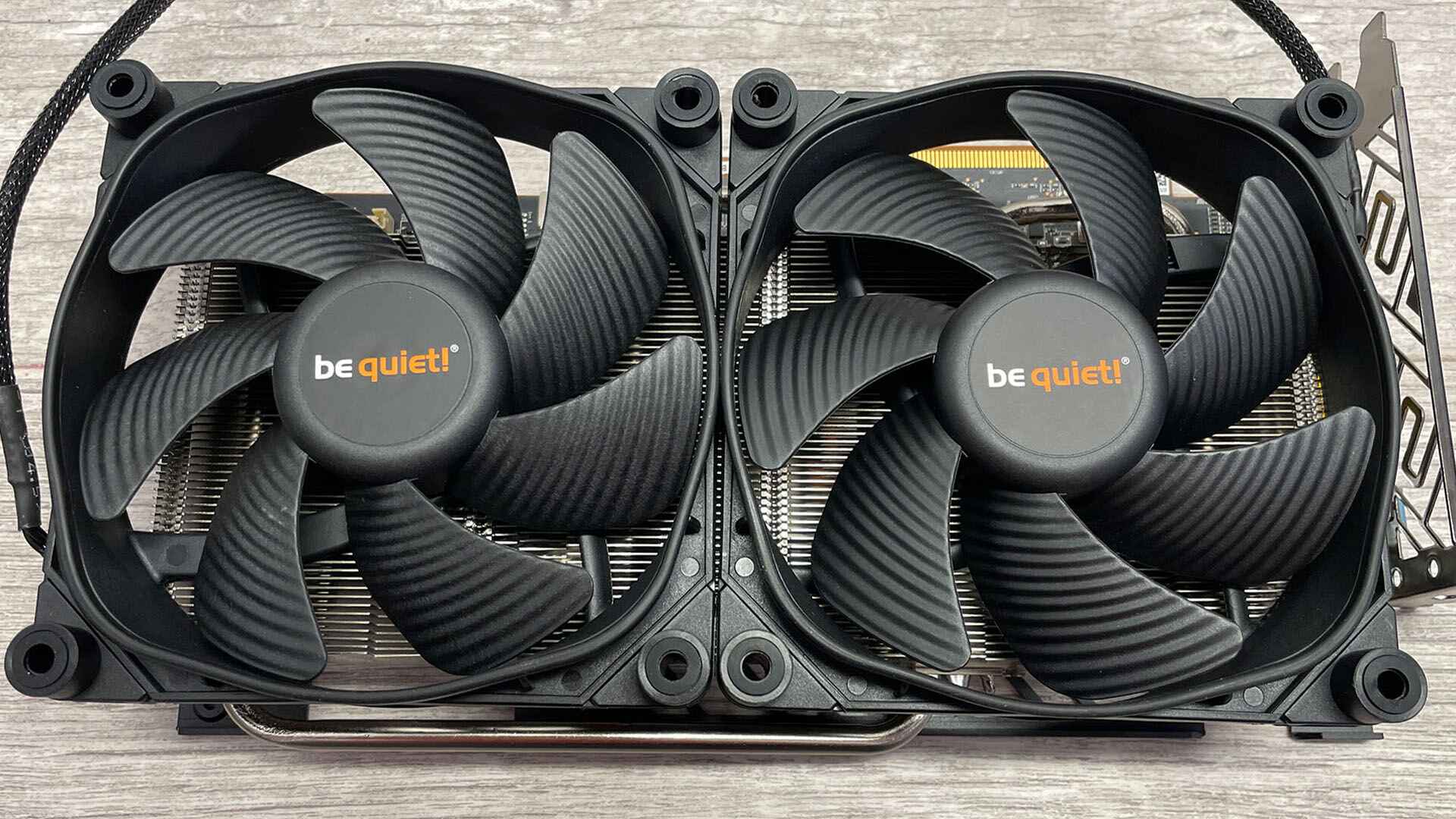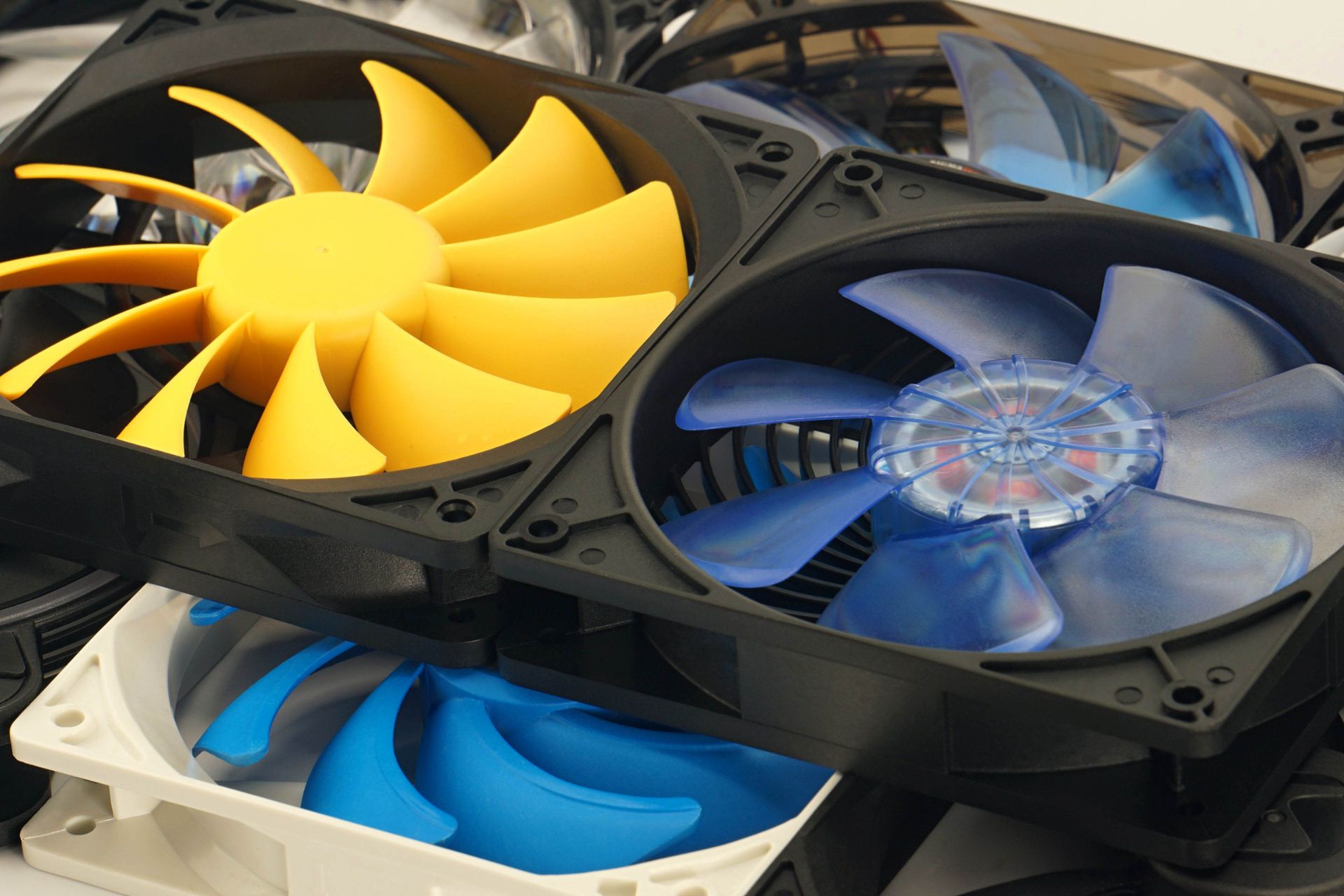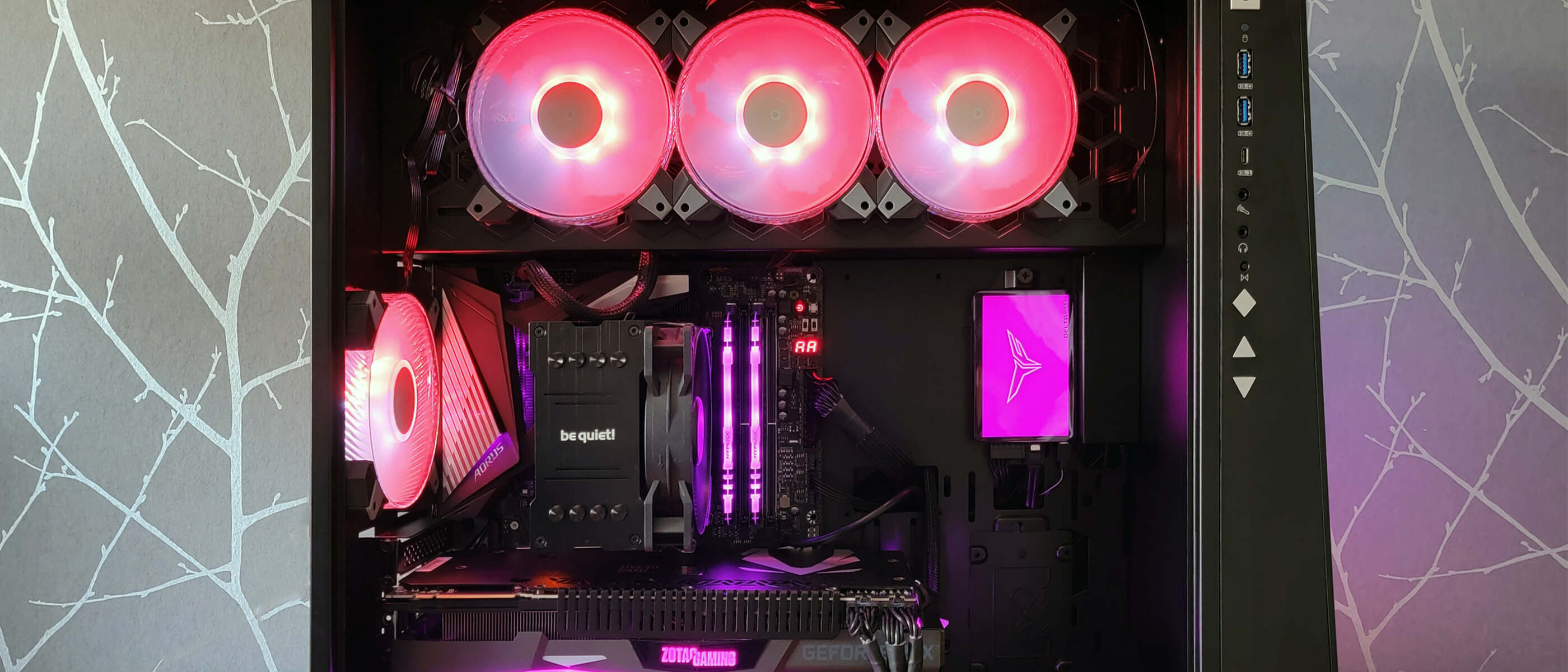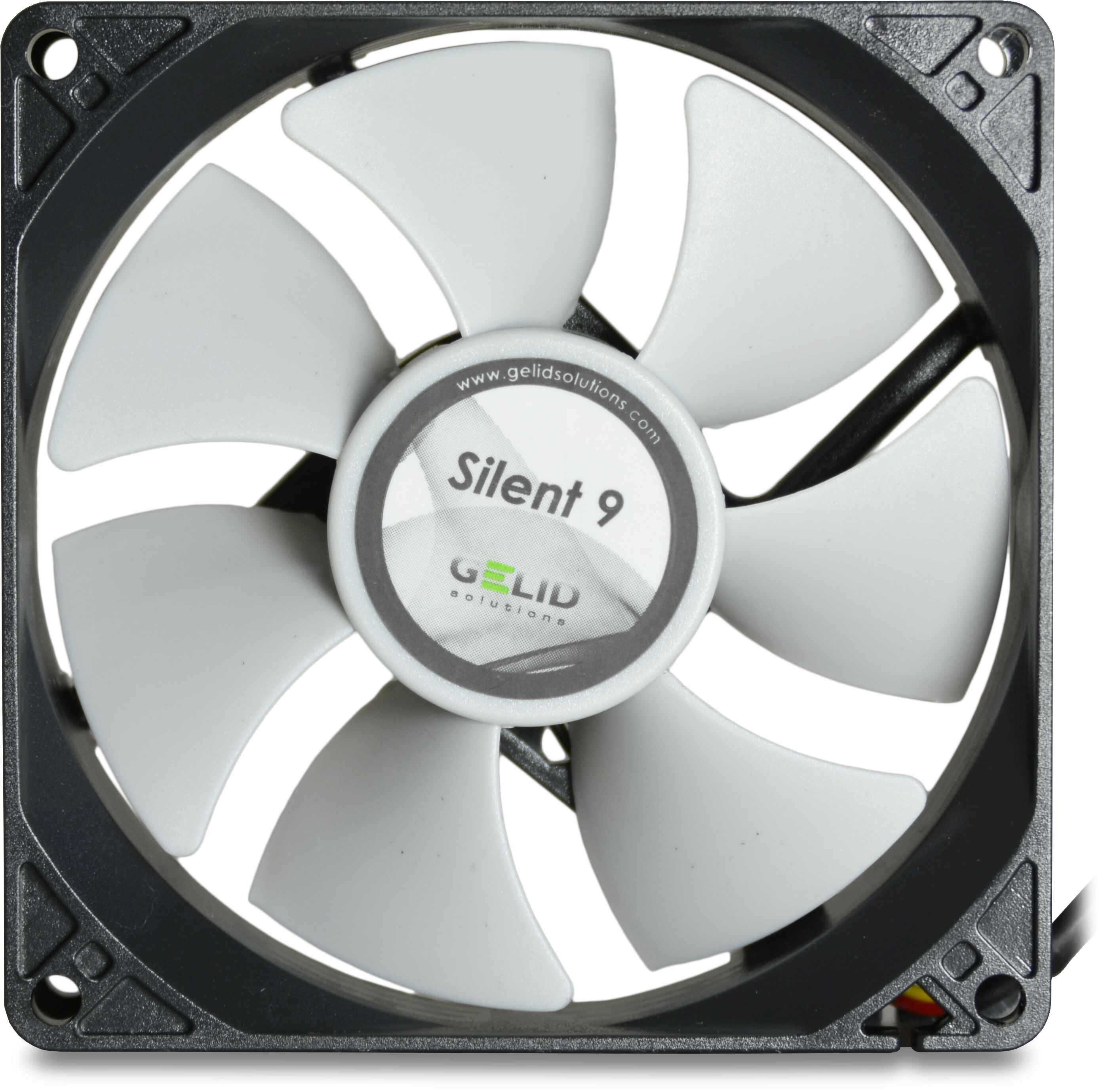Benefits of Positive Air Pressure in PC Cases
When it comes to optimizing the airflow in your PC case, positive air pressure is a strategy that can yield numerous benefits. By creating a slightly higher air pressure inside the case compared to the external environment, positive air pressure effectively prevents dust and other particles from entering through gaps and openings. This simple yet effective approach can have a significant impact on the performance and lifespan of your components. Here’s a closer look at the benefits of implementing positive air pressure in your PC case:
- Dust Prevention: One of the foremost advantages of positive air pressure is its ability to keep your components free from dust buildup. By maintaining higher pressure inside the case, air is forced out of any available gaps or openings, making it difficult for dust particles to settle on sensitive components.
- Improved Cooling Efficiency: Positive air pressure helps to create a more efficient cooling system for your PC. With higher pressure inside the case, fresh air is pushed through the intake fans and directed towards the hot components such as the CPU and GPU. This ensures that cool air is readily available for cooling, resulting in lower temperatures and improved overall system performance.
- Noise Reduction: An added benefit of positive air pressure is the potential for noise reduction. By optimizing the airflow and preventing excessive turbulence, positive air pressure can help minimize fan noise and create a quieter computing experience.
- Extended Component Lifespan: By keeping dust and debris at bay, positive air pressure can contribute to the longevity of your PC components. Dust accumulation can lead to overheating and decreased performance. By maintaining a clean and dust-free environment, your components are more likely to operate within safe temperature ranges and last longer.
- Easier Maintenance: Positive air pressure simplifies the maintenance process for your PC. With less dust settling on your components, you’ll spend less time cleaning and more time enjoying your system. Regularly cleaning your intake filters is usually sufficient to maintain the benefits of positive air pressure.
Implementing positive air pressure in your PC case can provide numerous advantages, including dust prevention, improved cooling efficiency, noise reduction, extended component lifespan, and easier maintenance. By following the right setup and maintenance practices, you can ensure that your system remains clean, cool, and efficient.
Understanding Positive Air Pressure
Positive air pressure is a concept that revolves around creating a controlled environment inside your PC case by maintaining higher air pressure compared to the outside. This can be achieved by ensuring more intake airflow than exhaust airflow, resulting in numerous benefits for your system. To grasp the effectiveness of positive air pressure, let’s dive into the key components and mechanisms involved:
Airflow Dynamics: Understanding the airflow dynamics is crucial for implementing positive air pressure. In a typical PC case, air enters through the intake fans and is directed towards the hot components such as the CPU and GPU. The warm air then rises and exits through the exhaust fans or other designated ventilation points. By creating positive air pressure, the intake airflow is maximized, ensuring a steady supply of cool air to the components.
Intake Fans: Intake fans are strategically positioned to draw in fresh air from outside the case. They are typically mounted on the front or side panels, with the aim of guiding air directly towards the critical components. To optimize the positive air pressure setup, consider using higher CFM (cubic feet per minute) fans and dust filters to prevent debris from entering the case.
Exhaust Fans: Exhaust fans are responsible for expelling the warm air generated by the components. They are usually mounted at the rear or top of the case to facilitate the natural flow of hot air out of the system. It’s important to ensure that the exhaust fans are positioned strategically to encourage efficient airflow and prevent any air recirculation that could disrupt positive air pressure.
Sealing and Ventilation: Achieving positive air pressure also involves properly sealing the case to prevent excessive air leaks. Any gaps or holes in the case can disrupt the pressure balance, allowing dust and particles to enter. Additionally, ensuring adequate ventilation points or mesh surfaces can help to expel excess heat and maintain efficient airflow without compromising the positive air pressure setup.
Pressure Monitoring: Monitoring the air pressure inside the case can be beneficial for fine-tuning the setup. Some PC cases come with built-in pressure indicators or you can use third-party airflow monitoring tools. Maintaining a slight positive pressure, typically around 10% more intake airflow than exhaust airflow, is often considered ideal for the best results.
By understanding how positive air pressure influences the airflow dynamics, utilizing appropriate intake and exhaust fans, sealing any potential leaks, and monitoring the pressure, you can create an optimized environment for your PC. Implementing positive air pressure is a valuable technique that can significantly enhance cooling efficiency and protect your components from dust and heat-related issues.
Components Needed for Positive Air Pressure Setup
Creating a positive air pressure setup in your PC case requires a few key components and considerations to ensure effective airflow management. By carefully selecting and implementing these components, you can optimize your system’s cooling and dust prevention. Here are the essential components needed for a successful positive air pressure setup:
Intake Fans: To achieve positive air pressure, you’ll need high-quality intake fans. These fans are responsible for drawing in fresh, cool air from outside the case and directing it towards the components. It’s important to choose fans with adequate airflow and static pressure ratings for efficient cooling performance.
Exhaust Fans: While the main focus is on intake airflow, exhaust fans play a crucial role in expelling warm air from the case. They ensure that hot air is promptly pushed out to maintain effective cooling. Strategically positioning exhaust fans at the rear or top of the case helps facilitate the natural flow of hot air.
Intake Filters: Installing intake filters on the intake fan mounts is essential for preventing dust and debris from entering the case. These filters act as barriers, capturing particles and preventing them from settling on the components. Regular cleaning or replacing of the filters is necessary to maintain optimal airflow and prevent dust accumulation.
Dust Filters: In addition to intake filters, using dust filters on other ventilation points, such as the top or side panels, helps further minimize dust ingress. These filters trap dust particles that may enter through those openings and ensure that the air entering the case remains clean and free of contaminants.
Fan Speed Controller: Having the ability to fine-tune fan speeds can be beneficial for maintaining optimal airflow balance and managing noise levels. Fan speed controllers allow you to adjust the speed of the intake and exhaust fans, helping you achieve the desired positive air pressure while keeping noise levels in check.
Cable Management: Proper cable management is vital for maintaining unobstructed airflow and maximizing the effectiveness of positive air pressure. Neatly organizing and routing cables away from fan mounts and airflow paths avoids unnecessary disturbances and blockages in the system’s airflow.
Sealing Grommets and Filament Tapes: To prevent air leaks and maintain the pressure within the case, sealing grommets can be used to cover any unused cable routing holes on the case. Additionally, filament tapes can be applied to seal any gaps or small openings to ensure that air only flows through the designated intake and exhaust points.
By incorporating these components and following proper installation practices, you can establish a reliable positive air pressure setup in your PC case. It’s important to choose high-quality fans, regularly clean dust filters, and maintain proper cable management to maximize the benefits of positive air pressure and create an optimized cooling environment for your components.
Step-by-Step Guide to Achieving Positive Air Pressure in Your PC Case
Implementing positive air pressure in your PC case requires a systematic approach to ensure proper airflow management. By following these step-by-step instructions, you can achieve an effective positive air pressure setup:
- Assess your case: Examine your PC case and identify important factors such as available fan mounts, ventilation points, and cable management options. Understanding the case’s layout will help you plan the positive air pressure setup more effectively.
- Select intake and exhaust fans: Determine the number of intake and exhaust fans your case can accommodate. Choose high-quality fans with adequate airflow and static pressure ratings. Intake fans should be mounted on the front or side panels, while exhaust fans can be positioned at the rear or top of the case.
- Install intake filters: Mount intake filters on the fan mounts to prevent dust and debris from entering the case through the intake fans. Ensure that the filters are easily removable for cleaning or replacement.
- Install exhaust fans: Position the exhaust fans at the designated locations, typically at the rear or top of the case. Orient them to expel the warm air generated by the components towards the outside.
- Manage cables: Organize and route cables away from fan mounts and airflow paths to avoid obstructing the airflow. Use cable ties or Velcro straps to secure and neaten the cables, ensuring an unobstructed pathway for the intake and exhaust airflow.
- Seal gaps and openings: Place sealing grommets on any unused cable routing holes in the case to prevent air leaks. Apply filament tapes to seal small gaps or openings that may disrupt the positive air pressure setup.
- Connect fans and manage fan speeds: Connect the intake and exhaust fans to the appropriate headers on your motherboard. Use a fan speed controller, if desired, to adjust the fan speeds and achieve the desired airflow balance and noise levels.
- Monitor and fine-tune: Use monitoring tools, such as software or built-in case indicators, to check the air pressure inside the case. Ideally, the intake airflow should be slightly higher than the exhaust airflow, creating the desired positive air pressure. Adjust fan speeds or airflow configurations as needed.
- Maintain regular cleaning: Periodically clean the intake filters to prevent dust buildup. Regularly inspect and clean the exhaust fans and other ventilation points to ensure optimal airflow and prevent any obstructions that could disrupt positive air pressure.
By following these steps, you can successfully implement positive air pressure in your PC case. Remember to choose quality fans, properly manage cables, seal any gaps or openings, and regularly maintain the setup to ensure optimal cooling efficiency and dust prevention.
Tips for Maintaining Positive Air Pressure
Maintaining positive air pressure in your PC case is key to reaping its benefits in terms of dust prevention and improved cooling efficiency. Here are some essential tips to help you maintain the positive air pressure setup:
- Regular cleaning: Dust accumulation can disrupt the positive air pressure system and hinder its effectiveness. Regularly clean the intake filters, exhaust fans, and other ventilation points to remove dust and debris that may impede airflow.
- Monitor fan speeds: Keep an eye on the fan speeds and adjust them as necessary to maintain optimal airflow balance. Ensure that the intake fans are providing slightly higher airflow than the exhaust fans to preserve the positive air pressure inside the case.
- Inspect for air leaks: Periodically inspect the case for any potential air leaks that may compromise the positive air pressure. Check the sealing grommets, filament tapes, and any other points of entry for dust or signs of escaping airflow. Addressing any leaks promptly will help maintain the desired pressure.
- Regularly replace intake filters: Over time, intake filters can become clogged with dust and debris, hampering airflow. Replace the intake filters if they become excessively dirty, as restricted airflow can affect the cooling performance and disturb the positive air pressure setup.
- Optimize cable management: Keep cables well-organized and away from fan mounts and airflow paths. Neatly bundle and route cables to prevent them from obstructing the intake and exhaust airflow. Regularly inspect and adjust cable management to maintain smooth airflow throughout the case.
- Monitor temperatures: Keep an eye on component temperatures to ensure that the positive air pressure setup is effectively cooling the system. Run temperature monitoring software or use built-in motherboard utilities to monitor the CPU, GPU, and other critical component temperatures. If temperatures rise excessively, consider adjusting fan speeds or reevaluating the airflow configuration.
- Be mindful of case modifications or upgrades: When making modifications to the case or adding new components, ensure that you maintain a positive air pressure setup. Consider the impact of any changes on the airflow dynamics and adjust the fan configurations or intake/exhaust setups accordingly.
By implementing these tips, you can effectively maintain the positive air pressure in your PC case. Regular cleaning, monitoring fan speeds, inspecting for air leaks, replacing intake filters when necessary, optimizing cable management, monitoring temperatures, and being mindful of case modifications will help ensure that your system remains dust-free and optimally cooled.
Troubleshooting Common Issues with Positive Air Pressure Setup
While a positive air pressure setup can offer several benefits, occasionally, you may encounter some issues that can affect its effectiveness. Here are some common problems that may arise with a positive air pressure setup and troubleshooting tips to address them:
- Dust buildup despite positive air pressure: If you notice dust accumulating inside your case despite the positive air pressure setup, it’s possible that there may be air leaks or gaps that are allowing dust to enter. Inspect the case for any areas where air may be escaping or where dust may be entering. Seal any gaps or openings with sealing grommets or filament tape to prevent dust ingress.
- Overheating components: In some cases, the positive air pressure setup may not provide sufficient cooling, leading to higher component temperatures. Ensure that the intake and exhaust fans are functioning properly and have adequate airflow. Consider updating the fans or adjusting their speeds to enhance cooling efficiency. Additionally, check for any obstructions, such as dust accumulation on heatsinks or within the case, and clean them as needed.
- Inconsistent fan speeds: If you notice fluctuating fan speeds or inconsistent airflow, check the fan connections and ensure they are securely plugged into the correct headers on your motherboard. It’s also worth checking the fan speed control settings in the BIOS or using fan control software to ensure the desired airflow balance is maintained.
- Excessive noise: While positive air pressure can reduce noise levels, improper fan configurations or high-speed fans can still contribute to excess noise. Consider adjusting fan speeds or replacing fans with quieter alternatives to strike a balance between cooling performance and noise levels.
- Hotspots within the case: In certain situations, certain areas of the case may experience higher temperatures, despite maintaining positive air pressure. To address this issue, ensure that there are no obstructions blocking airflow to those areas. Consider repositioning or adding additional fans to improve cooling circulation in problematic areas.
- Fan compatibility: When upgrading or adding fans to your case, ensure they are compatible in terms of size and power requirements. Check your case specifications and the fan’s compatibility with your motherboard or fan controller to avoid any issues with fan operation or airflow disruptions.
By troubleshooting these common issues, you can rectify any problems that may arise with your positive air pressure setup. Ensuring proper sealing, addressing dust buildup, optimizing fan speeds, managing noise levels, improving airflow circulation in hotspots, and maintaining compatibility with components will help maintain the effectiveness of your positive air pressure system.
Conclusion
Implementing a positive air pressure setup in your PC case can have numerous benefits, including improved cooling efficiency, dust prevention, noise reduction, extended component lifespan, and easier maintenance. By understanding the principles of positive air pressure and following a step-by-step guide, you can create an optimized environment for your PC components.
Key components such as intake and exhaust fans, intake filters, fan speed controllers, and proper cable management play a crucial role in achieving and maintaining positive air pressure. Regular cleaning, monitoring fan speeds, addressing air leaks, and optimizing cable management are essential for preserving the effectiveness of the setup.
Despite the benefits of positive air pressure, it is important to troubleshoot any potential issues that may arise. Dust buildup, component overheating, inconsistent fan speeds, excessive noise, hotspots within the case, and fan compatibility are common problems that can be addressed through various troubleshooting techniques.
By implementing the strategies and tips discussed in this article, you can create an optimized cooling environment for your PC, ensuring better performance, longevity, and overall satisfaction. Enjoy a dust-free, cool, and efficient PC experience with a well-maintained positive air pressure setup.







